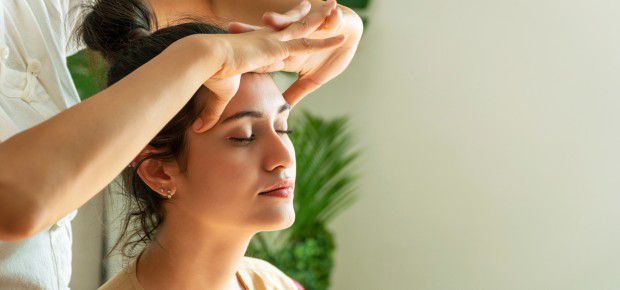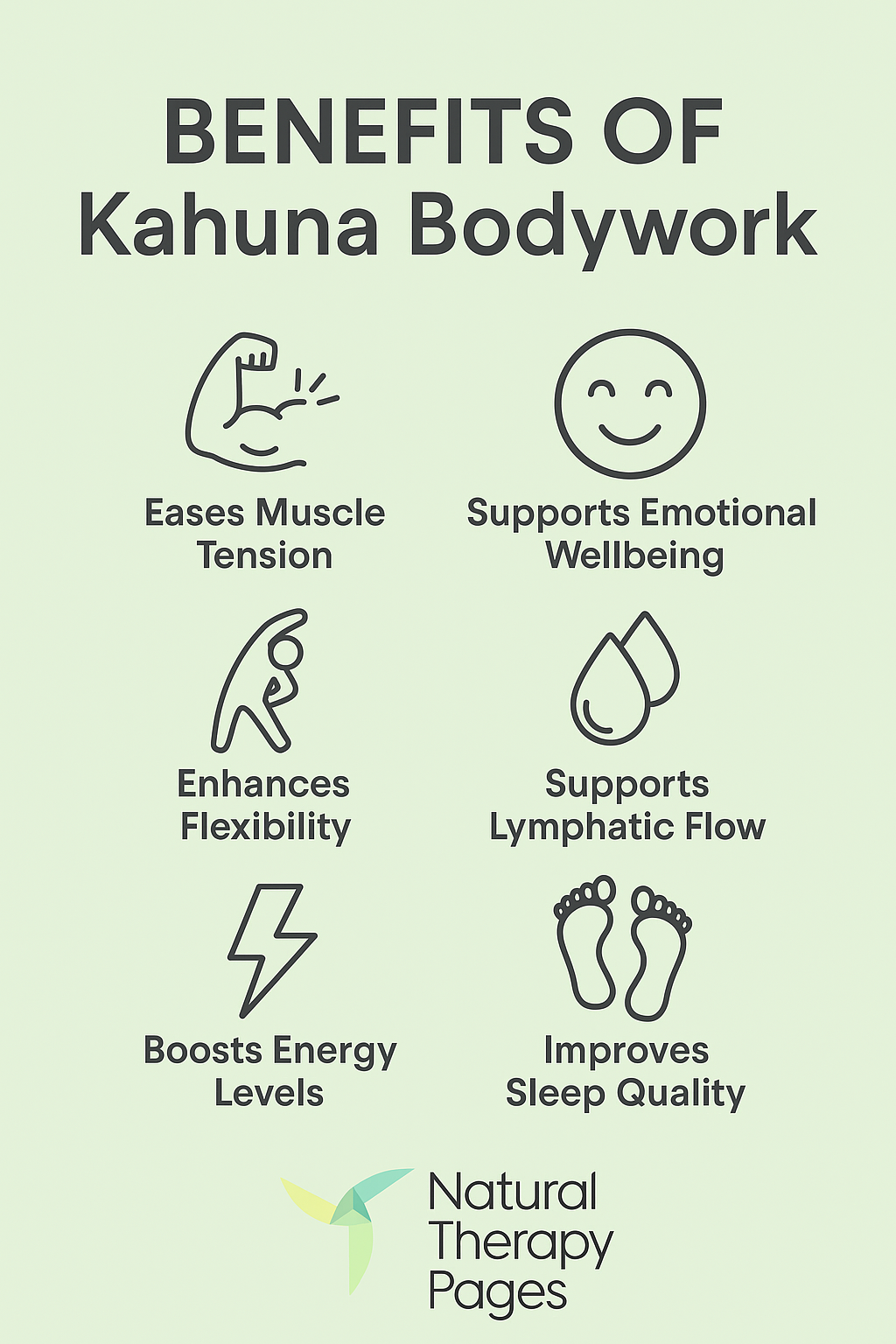
Kahuna bodywork is a traditional Hawaiian healing practice that has made its way into clinics and wellness spaces across Australia. It is not just another massage style focused on tight muscles. It treats the whole body and mind, using flowing strokes, breathwork and a strong focus on energy movement.
The idea behind Kahuna bodywork is simple. When the body’s energy gets stuck—because of stress, injuries or emotional pressure—everything feels off. Kahuna helps clear those blockages, leaving the body lighter, calmer and more connected.
It is now widely used in Australia by people looking for more than just muscle relief. It offers physical, emotional and even spiritual benefits without being overly complicated or hard to access.
What happens during a Kahuna bodywork session
A typical Kahuna session does not feel like a standard massage appointment. There are no stiff forms to fill out or rushed conversations. Instead, it usually starts with a relaxed chat where the practitioner asks how the client is feeling, what is going on in the body and if there is anything specific they want help with.
Setting the space
Clients lie on a massage table, often draped with a towel or a sarong. Natural oils like coconut or macadamia oil are commonly used, helping the hands glide smoothly over the skin. The room is usually quiet, with gentle music or soft Hawaiian chants playing in the background. The goal is to create a safe, welcoming space where it feels easy to let go of tension.
The massage flow
The massage itself feels very different from typical treatments. The practitioner uses long, sweeping strokes across the whole body—arms, back, legs, even fingers and toes sometimes. These movements are continuous and rhythmic, designed to keep energy flowing rather than stopping and starting over different body parts.
Unlike deep tissue massages that can feel painful or overly intense, Kahuna movements feel more like waves passing through the body—sometimes fast and invigorating, other times slow and calming.
Breathwork and connection
Breath plays an important role during Kahuna sessions. Clients are often encouraged to take deep, steady breaths, helping their body relax and their mind slow down. Some practitioners also gently stretch the arms, legs or spine as part of the flow, depending on what the client’s body seems to need.
After the session
Many people report feeling lighter, clearer and deeply relaxed after a Kahuna session. Some also notice unexpected emotional releases, like feeling calmer about things that had been bothering them for weeks. This is not surprising, as Kahuna treats more than just muscle tightness—it aims to balance the nervous system and reconnect the body with its natural rhythms.
Understanding how a session works is one thing, but it is the benefits that often surprise people the most. The next part looks at what Kahuna bodywork can really do.
Benefits of Kahuna bodywork

Kahuna bodywork offers more than just a relaxing hour on a massage table. It can have real benefits for the body and mind, which is why so many Australians are seeking it out as part of their overall wellness routines.
Eases muscle tension and improves circulation
The long, sweeping movements of Kahuna help stimulate blood flow and release tension stored deep within the muscles. Improved circulation can speed up healing, ease soreness and even boost energy levels.
Research shows that massage therapy in general can lower cortisol levels and increase serotonin and dopamine, two chemicals linked to relaxation and pain relief.
While not every study focuses specifically on Kahuna, its full-body, connected approach shares many of the same physical benefits recognised in broader massage therapy research.
Supports emotional wellbeing
Because Kahuna bodywork treats the body and emotions together, it can be particularly useful for managing stress, anxiety and emotional fatigue. The rhythm of the strokes, combined with deep breathing, encourages the nervous system to shift out of 'fight or flight' mode and into 'rest and digest.'
Studies show that massage can significantly lower cortisol levels while boosting serotonin and dopamine, hormones linked to happiness and relaxation.
This makes Kahuna an appealing option for people struggling with stress, emotional burnout or low mood.
Helps reconnect with the body
One of the most unique parts of Kahuna is how it encourages body awareness. Instead of focusing on pain points alone, the flowing strokes invite clients to experience their whole body as one connected system. This can help people feel more grounded, present and tuned in to their physical and emotional needs.
In a fast-paced world where many people are disconnected from how they feel physically and emotionally, this kind of reconnection can be surprisingly powerful.
Supports lymphatic flow
The continuous, sweeping motions used in Kahuna bodywork can help stimulate the lymphatic system. This may assist the body’s natural process of removing toxins and supporting immune function, contributing to a general sense of lightness and wellbeing. Studies on lymphatic drainage massage show that stimulating lymphatic flow can reduce swelling and improve fluid balance in the body.
Boosts energy and vitality
By improving circulation, clearing physical tension and encouraging emotional release, Kahuna bodywork often leaves clients feeling refreshed and re-energised. Many people notice a boost in their overall energy levels after a session, along with a greater sense of emotional clarity. It has been shown that assage therapy can reduce fatigue and increase energy by positively affecting hormone levels and circulation.
Enhances flexibility and joint movement
Kahuna bodywork often involves stretching and gentle joint rotations. Over time, this can help improve overall flexibility and make everyday movements feel easier and more natural. A study published in the Journal of Physical Therapy Science found that massage therapy can significantly improve shoulder range of motion, supporting better flexibility in daily activities.
To learn more about how Kahuna massage can support your overall wellbeing, you can also read about the benefits of Kahuna massage.
How to find a qualified Kahuna bodywork practitioner
Choosing the right practitioner is just as important as the treatment itself. Working with someone properly trained in traditional Kahuna techniques ensures a safer and more rewarding experience.
Look for accredited training
Practitioners should have formal training in Kahuna bodywork, ideally through a recognised school or program. In Australia, some well-known schools include High Spirits Retreat and Mette’s Institute, both of which offer structured Kahuna bodywork training.
It is worth asking where they trained, how long their courses were, and if they continue to update their skills.
Check their experience
Experience makes a big difference in bodywork. Look for practitioners who have been offering Kahuna sessions for at least a few years. More experience often means a better sense of how to read the body and adjust the technique to what a client needs on the day.
Read client reviews
Checking reviews can give a good sense of how a practitioner works. Look for feedback about the quality of the session, the environment they create, and how clients felt after treatments.
Trust the first impression
The initial conversation before booking a session matters. A good practitioner should make you feel heard, explain the process clearly, and answer any questions without rushing. Trusting your instincts here can help avoid uncomfortable or unprofessional experiences.
Ask about their approach
Not all Kahuna practitioners work the same way. Some may blend in other techniques, while others stick closely to traditional flow and rhythm. If you are looking for a particular style—whether more physical, emotional or energy-focused—it is worth discussing beforehand.
If you are ready to experience the benefits of Kahuna bodywork for yourself, you can find a qualified practitioner here.
Wrapping up
Kahuna bodywork offers a unique approach to healing that goes beyond simple muscle relief. Its combination of flowing movement, breathwork and full-body awareness can help restore balance physically, emotionally and mentally. For many Australians, it has become an important part of maintaining a healthier and more connected life.
Finding a qualified practitioner makes all the difference when it comes to getting the full benefits of this traditional Hawaiian therapy. If you are ready to try Kahuna bodywork, you can find a practitioner near you here.
Thinking about exploring other types of massage too? Natural Therapy Pages can help you find trusted professionals in remedial massage, Swedish massage, deep tissue therapy and more. Whatever support your body needs, there is a therapy out there that can help you feel your best.
Originally published on Apr 25, 2025








